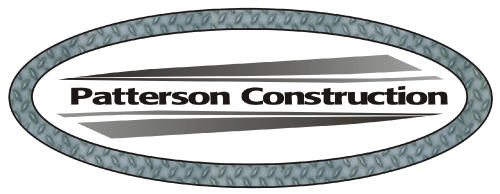Can Heat Damage Asphalt Shingles?
Asphalt shingles are the most popular roofing type in the US. They cost less than other options, come in various designs, and are durable and resilient. The shingles are resistant to water, wind, and fire. But this doesn't mean they are impervious to any damage caused by the elements.
Extreme heat from the sun can cause damage to either the shingles or the roof flashing. Combined with other elements, the heat damage will, in time, wear down and deteriorate the asphalt shingles. However, the damage can also come from below with the hot air rising inside the home.
What kind of damage is caused by heat?
Asphalt shingles shrink from the heat, which can cause cracks and blisters. Due to the shrinkage, the nails that fix the shingles to the roof might lift, and the shingles might rise. Raised or cracked shingles will allow moisture and water to seep through the roofing, which leads to more severe issues and water damage. Heavy curling will cause the same problems.
Blisters are more of an aesthetic problem, along with any mild curling or loss of color. However, they shouldn't be disregarded since they can bring down the market value of the house. Even if it remains waterproof, the roof will look less presentable and will appear worn down. Also, such signs of deterioration indicate that the shingles are nearing the end of their lifespan and should be replaced soon.
Roof flashing can suffer heat damage as well, especially if it's made of plastic. It could stretch, pull away, and finally break, causing subsequent water leaks. When the flashing starts to fail, further damage will ensue regardless of the asphalt shingles' condition.
How to prevent the damage
A poorly installed asphalt shingle roof is more likely to deteriorate faster. That's why it's vital to ensure that the installation is done correctly. Lighter-colored shingles can also contribute to better heat resistance since they reflect more sunlight. Most manufacturers offer special reflective coating to aid heat protection.
The roof should be inspected regularly, especially following harsh weather. While this won't prevent the damage, it will help detect it and make any repair jobs easier and smaller in scope. Changing a couple of damaged shingles at a time is much less taxing than allowing large segments of the roofing to fall into disrepair.
Roof ventilation is an excellent solution to heat-related issues. It will cool down the roof and prevent any condensation from building up under it. If you have an attic, proper roof ventilation won't let the heated air accumulate inside it. Instead, the air will circulate, dissipating the heat. The ventilation will also keep the wooden construction from heating up, so the roof support will be in much better shape.
Keeping the roof in good condition
Asphalt shingle roofs need to be maintained to provide the best protection for your home. While damage from heat and other elements will inevitably wear the shingles down over time, the right precautions will effectively counteract the deterioration and keep the shingles functional for longer.
Patterson Construction Company installs and repairs residential roofs of all kinds, skylights, roof ventilation, fascia and underlayment on Phoenix-area homes. Call 602-825-3638 for a free quote today!
